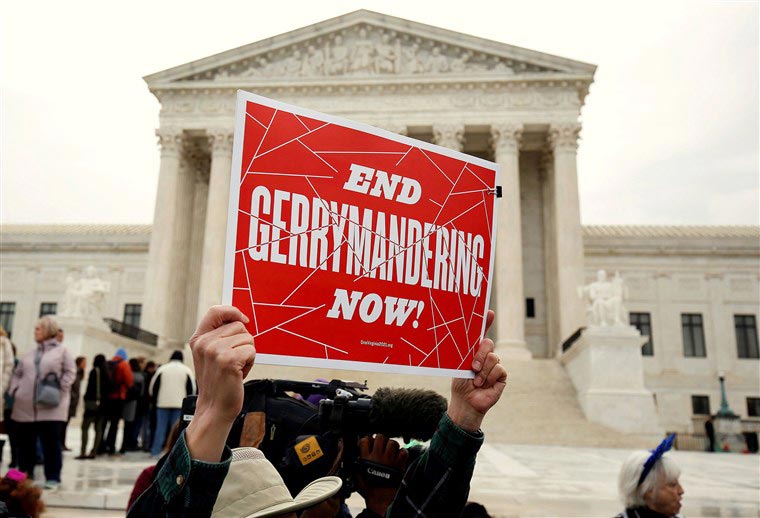Gerrymandering
The Gerrymandering Blog was created as an interactive and timely educational tool that gives you the freedom to publish content on our website. The intent is for you to effectively comment on the topic and provide accurate and factual information to assist our membership in recognizing and resolving issues in government and policy. Your participation with an accurate, appropriate and quality post will help us implement your ideas into our Classrooms, our Facebook Teams and our Advocacy Groups. You are welcome to join in the dialog.
Gerrymandering is the act of politicians manipulating the redrawing of legislative district lines in order to help their friends and hurt their enemies. They may seek to help one party win extra seats (a partisan gerrymander), make incumbents of both parties safer (an incumbent-protection gerrymander) or target particular incumbents who have fallen out of favor. Those engaged in gerrymandering rely heavily on winner-take-all voting rules. That is, when 51% of voters earn 100% of representation, those drawing districts can pack, stack and crack the population in order to make some votes count to their full potential and waste other votes. Gerrymandering has become easier today due to a combination of new technology to precisely draw districts and greater voter partisan rigidity that makes it easier to project the outcome of new districts.
Independent redistricting commissions and other public interest changes to redistricting are important, but trying to fix gerrymandering fully within winner-take-all voting rules is simply impossible.
Addressing Gerrymandering
The key to fixing gerrymandering is changing key statutory laws for how elections are held. Check out our resources:




Gerrymandering is a problem. The is a process. https://youtu.be/gRCZR_BbjTo